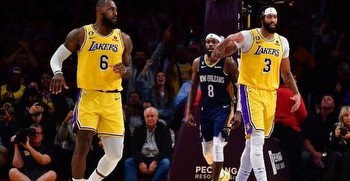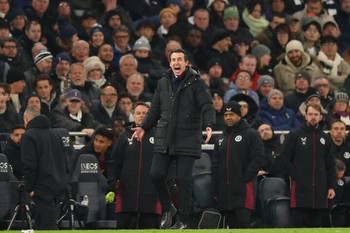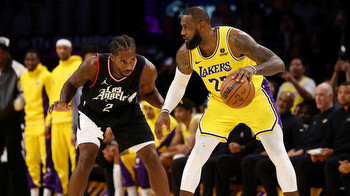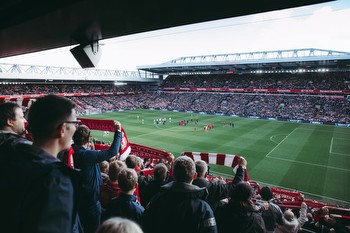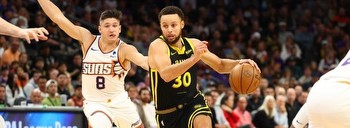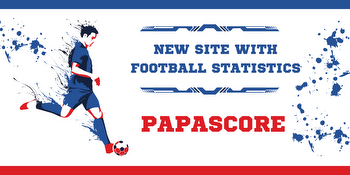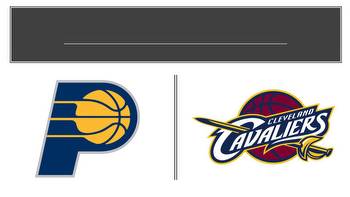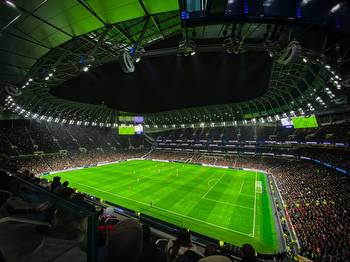How Our Club Soccer Projections Work

The forecasts are based on ESPN’s Soccer Power Index (SPI), a rating system originally devised by FiveThirtyEight editor-in-chief Nate Silver in 2009 for rating international soccer teams. For the interactive, we have updated and adapted SPI to incorporate club soccer scores going back to 1888 from James Curley”s GitHub. The model doesn t take into account matches in lower domestic divisions or in other competitions such as league cups or Europa League.
Soccer is a low-scoring sport with lots of randomness. Team performance is evaluated by goals, adjusted goals and shot-based expected goals. Non-shot expected goal is based on non-shooting actions. The team's performance may be bigger or smaller depending on the number of goals scored. The final scoreline will disagree with most people's impressions of the quality of each team’s play. It is estimated that Lionel Messi has historically converted a shot into a goal about 1.4 times as often as expected. For the entire match, the team should have scored about 9 percent of times.
After setting the ratings for every team in the leagues we cover, we forecast the outcomes of upcoming matches with a Poisson model. We then run Monte Carlo simulations to play out each league’s season 10,000 times using our individual match forecasts. The Monte Monte simulations are hot, so the team's ratings can rise or fall based on the simulated matches the player plays.
There are over 400 leagues around the world. To compare different leagues, we've come up with a tiered system. Each league belongs to a tier and each successive tier is a bit weaker than the one above it. We calculated these tiers using both an analysis of interleague matches and UEFA’s league-strength coefficients.








